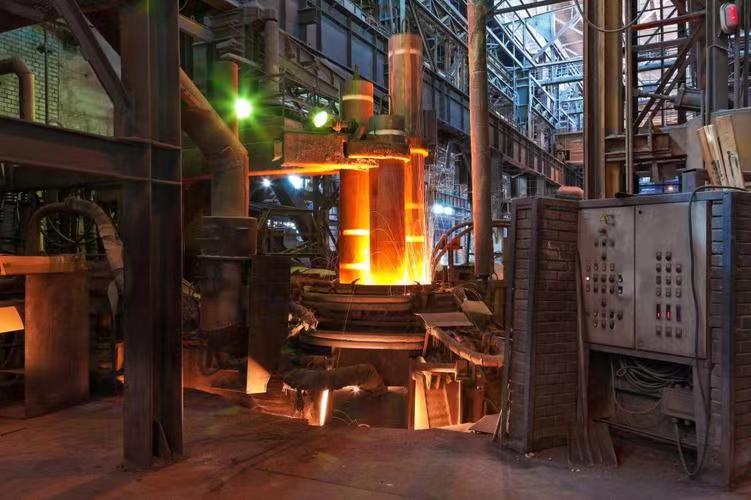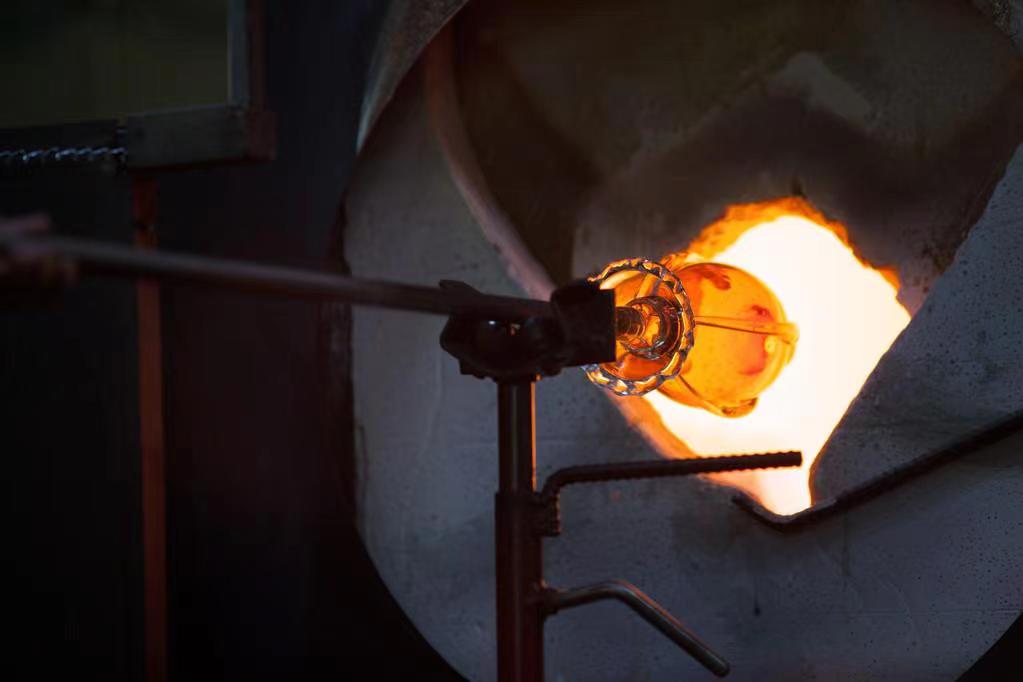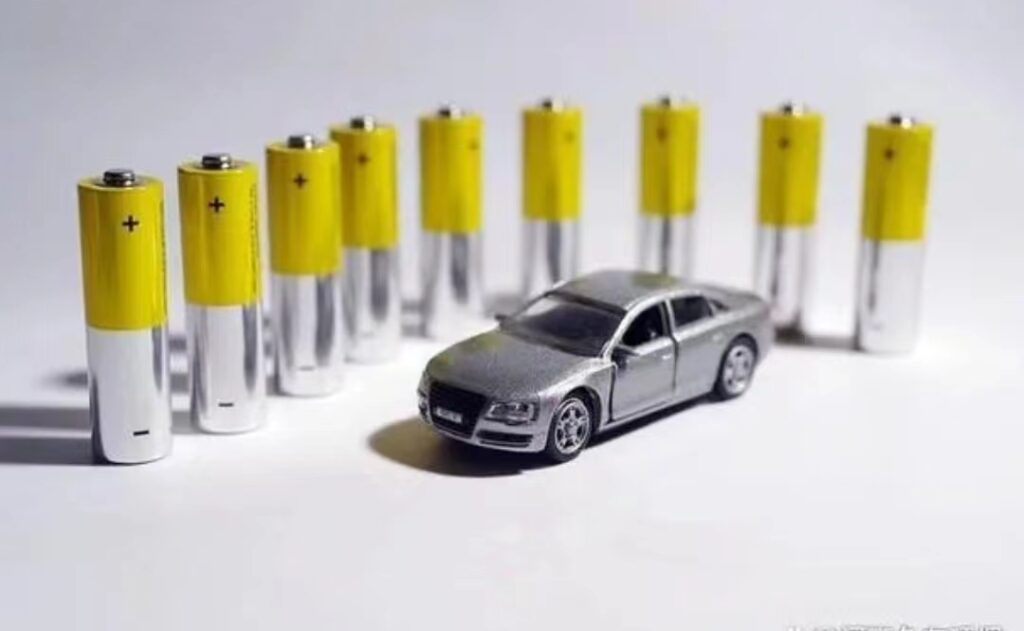Os eletrodos de grafite são usados na fabricação de aço em fornos elétricos a arco, na eletrólise e na usinagem por descarga elétrica (EDM). Eles têm propriedades superiores, como baixa resistência elétrica e boa condutividade térmica, o que os torna ideais para processos industriais. Esta postagem do blog discutirá sua ampla gama de aplicações na indústria.
Índice
Alternar
O eletrodo de grafite é usado para a fabricação de aço eaf na indústria siderúrgica
Os eletrodos de grafite são essenciais no processo de produção de aço da Eaf. Eles são usados para fundir minério de ferro e outras sucatas de aço em aço no arco elétrico fornos e são a principal fonte de energia elétrica.
Eles também têm resistência ao choque térmico, que pode suportar altas temperaturas de 3.000 graus Celsius e ponto de fusão de 3.652 a 3.697 °C. Também são competentes quando o metal fundido está quente ou precisa ser resfriado rapidamente até o estado sólido.
No setor de alumínio.
Eletrodo de grafite é amplamente utilizado na produção de alumínio como fonte de calor para fundição e refino. Na fundição, eles conduzem eletricidade para aquecer e derreter o minério de alumínio. O calor produzido pelos eletrodos separa o metal alumínio de seus outros compostos, como o óxido de ferro. Uma vez derretido o minério, os trabalhadores o colocam em um forno com eletrodos de grafite, que criam uma corrente elétrica que ajuda a refinar o alumínio.
Eletrodo de grafite para eletróliseem um processo usado para produzir alumínio puro. Ele introduz corrente contínua em uma solução eletrolítica fundida de alumina e outros compostos. Quando o terminal positivo do fluxo de corrente se conecta a ele, nesse ponto, a alumina derretida se decompõe em alumínio puro, que então se desprende da superfície da solução.
Ele é essencial para a produção eficiente e de alta qualidade do alumínio em ambos os casos. Seu uso resulta em temperaturas mais precisas e consistentes para a produção de alumínio, permitindo um processo mais eficiente e um resultado de maior qualidade.
O setor de vidro
Ele tem sido utilizado no setor de vidro há vários anos. É possível usar eletrodos para aquecer e derreter o material de vidro moldado em produtos. Eles podem fornecer temperaturas precisas e ajudar a reduzir o consumo de energia. Também podem manter uma temperatura precisa e, ao mesmo tempo, reduzir o risco de rachaduras no vidro ou outros danos.
Como eles têm boa resistência à corrosão, são uma opção econômica para o setor de vidro. Além de seu uso no setor de vidro, também podem ser usados em cerâmica, materiais refratáriose dielétricos.
No setor de baterias
Eles são usados para produzir baterias de íons de lítio. Atualmente, são usados em muitos produtos eletrônicos de consumo, como smartphones e laptops. Em baterias recarregáveis, como NiCad e NiMH, eles fornecem uma grande área de superfície e caminhos condutores entre as células da bateria. Dessa forma, elas podem armazenar e transmitir energia com eficiência.
Eles também ajudam a melhorar a segurança da bateria, fornecendo propriedades de gerenciamento térmico e isolamento elétrico. Produtos de alta pureza garantem baterias confiáveis e duráveis. Portanto, o grafite eletrodos tornaram-se uma opção popular no setor de baterias.
Conclusão
Outros materiais não podem substituir a excelente condutividade, a resistência a choques térmicos e a estabilidade química dos eletrodos de grafite, que desempenham um papel fundamental nas aplicações industriais. Ele é um bom condutor essencial na fabricação de aço em fornos elétricos a arco e em outras aplicações de fundição.
Mais recursos:
Processo de fabricação de eletrodos de grafite- Fonte: JINSUN
Fabricação de aço EAF - Fonte: BRITANNICA
Alumínio- Fonte: ALUMINIUMLEADER




